CAMM (Compression Attached Memory Module) is a memory standard specially developed for laptops and portable platforms to offer maximum performance with minimum space requirements. It was originally designed by Dell and introduced during CES 2022. It was later made an open standard and adopted by JEDEC as the latest storage standard. CAMM enables efficient data compression to optimize memory size while improving performance. This standard offers high speed and energy efficiency, making it ideal for mobile devices. By using CAMM, laptops and portable platforms can offer more storage space without increasing the size and weight of the device.
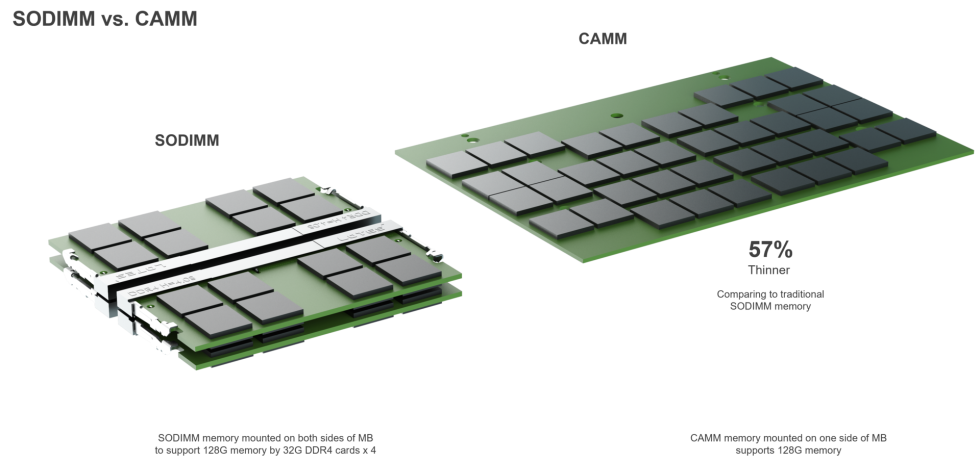
A major advantage of CAMM compared to conventional SO-DIMM in laptop memory is that it is very thin. This enables a slimmer design and at the same time makes it easier to repair modules and laptops on site. In this way, both laptop manufacturers and consumers benefit from CAMM. The company recently launched its second-generation CAMM modules, also known as CAMM2, and JEDEC has now officially published them as the new memory module standard.
The CAMM2 standard uses a slim module that enables fast communication between RAM and CPU. The contacts of the module are pressed with a strip that is located between the module and the motherboard. This strip is labeled with pins that provide an interface with the motherboard’s contacts. Compared to SO-DIMM modules, this tight connection allows for much faster communication and makes the CAMM2 standard a viable option for higher memory speeds.
DDR5 and LPDDR5/5X CAMM2s cater to distinct use cases. DDR5 CAMM2s are intended for performance notebooks and mainstream desktops, while LPDDR5/5X CAMM2s target a broader range of notebooks and certain server market segments.
While JESD318 CAMM2 defines a common connector design for both DDR5 and LPDDR5/X, it is crucial to note that the pinouts for each differ. To support different motherboard designs, intentional variations in mounting procedures between DDR5 and LPDDR5/X CAMM2s prevent the mounting of a module where it should not go.
As announced earlier this year, JESD318 CAMM2 supports stackable CAMM2s: dual-channel (DC) and single-channel (SC). By splitting the dual-channel CAMM2 connector lengthwise into two single-channel CAMM2 connectors, each connector half can elevate the CAMM2 to a different level. The first connector half supports one DDR5 memory channel at 2.85mm height while the second half supports a different DDR5 memory channel at 7.5mm height. Or, the entire CAMM2 connector can be used with a dual-channel CAMM2. This scalability from single-channel and dual-channel configurations to future multi-channel setups promises a significant boost in memory capacity.
Samsung and Micron have announced plans to offer CAMM memory modules in various capacities, speeds and designs. The modules will have a capacity of up to 128GB and speeds of up to 8533 MT/s. There will be both DDR5 and LPDDR5(X) variants, and Micron is even planning an optimized version with 192 GB capacity and 9600 MT/s speed. However, CAMM also has disadvantages, as the entire module has to be replaced when upgrading and replacing, which can be expensive.
JEDEC certification has introduced the CAMM2 standard for DDR5 and LPDDR5/5x. It remains unclear whether CAMM2 will completely replace traditional SO-DIMM designs by 2024. Nevertheless, CAMM2 offers some important advantages, such as high memory speeds and a leaner standard, which could be important for progress in the industry. It remains to be seen whether CAMM2 memory modules will be officially adopted by memory and laptop manufacturers in the future. Although the CAMM standard may not be fully adopted in the lifecycle of DDR5, DDR6 and LPDDR6 are definitely the future for this new standard. However, it will probably be some time before we see these in action.
Source: JEDC













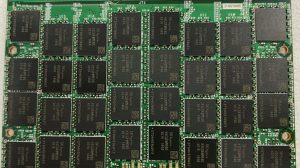
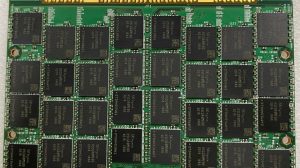
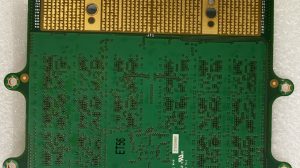
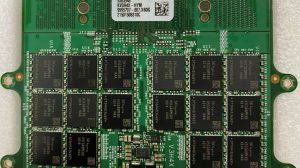
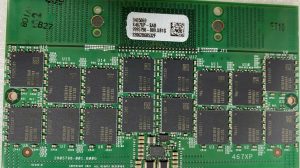
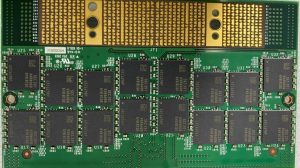
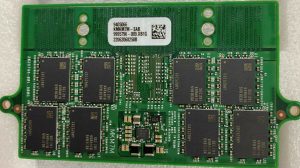
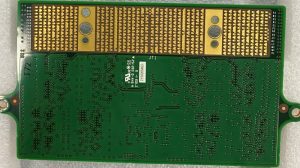
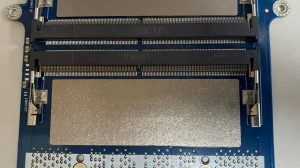
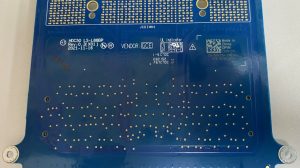


















Bisher keine Kommentare
Kommentar
Lade neue Kommentare
Artikel-Butler
Alle Kommentare lesen unter igor´sLAB Community →